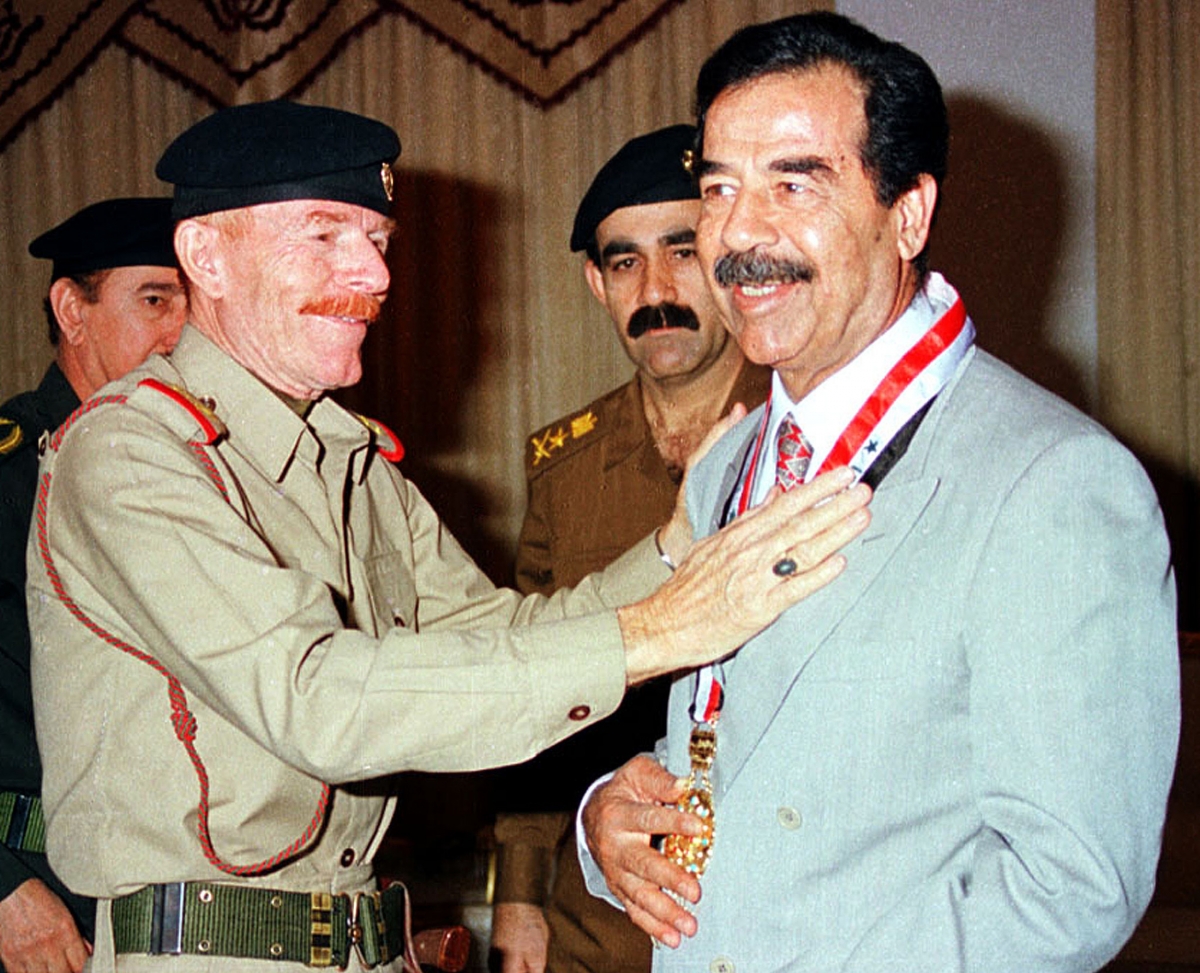
They've spent the better part of the last 15 years and $10 billion dollars building the Large Hadron Collider (LHC), the world's biggest atom-smasher, a 27-kilometre long tunnel straddling the Franco-Swiss border. A project that became more famous for it's end of the world potential and chronic problems seems to have finally hit its stride. We not only speak in terms of trillions for dollars of taxpayer money given to banks but also volts thanks to those folks at CERN. A strong commitment to reduce current warheads coupled with internationally agreed bans on nuclear tests and on the production of weapons-grade fissile material are desperately needed to avoid seeing the number of nuclear-armed states double in the next decade.ĩ. Article 6 of the Treaty on the Non-Proliferation of Nuclear Weapons states that each nation already possessing nuclear weapons "undertakes to pursue negotiations in good faith on effective measures relating to cessation of the nuclear-arms race at an early date and to nuclear disarmament, and on a treaty on general and complete disarmament under strict and effective international control". Today, in order to have any leverage in negotiations with Iran and North Korea or any other nation, sharp reductions in the numbers of warheads in the world are necessary.Īt the same time pressure must be brought to bear upon the US Senate to ratify the Comprehensive Nuclear Test Ban Treaty (CTBT). The original treaty was signed during the break up of the USSR and was instrumental in ensuring the Ukraine, Belarus and Kazakhstan were completely disarmed. As was the case on Jwhen the original treaty was signed, the timing of a new agreement could help make the world a safer place. Negotiations are ongoing to replace the START treaty, which expired earlier this month, with a sitting US president who has stated his desire to see " a world without nuclear weapons". It's true, Kim Jong Il blew up a couple little firecrackers, but with over 20,000 warheads in their combined arsenals, Russia and the US could have caused a lot more damage. We haven't blown ourselves up yet, or otherwise completed self-annihilated. Therefore today we'll look at the flip-side of nothingness, the top ten everythingnesses of the decade.ġ0. While we may have misunderestimated the truthiness of so much we were led to believe, pwned by the meme that bling would bring us happiness, making us look like n00bs I feel some kind of recognition of the success of just having the decade is in order. One soldier who was present described him as “a man resigned to his fate.” He was found guilty of crimes against humanity and executed by hanging on December 30, 2006.Can a decade really be nothing? One can always find bright spots, diamonds in the rough, hope for the future, right? After all, it could've never been if those Millennium Bug doom sayers we're right 10 years ago (just imagine my disappointment, waking up with a massive hangover on a beach on the equator in Ecuador, learning that the civilized world hadn't crashed down). soldiers found Hussein hiding nine miles from his hometown of Tikrit in, fittingly enough, a six-foot-deep hole. Army’s 4th Infantry successfully completed Operation Red Dawn: capture Saddam dead or alive. On December 13, 2003, the 1st Brigade Combat Team of the U.S.

Bush to follow in his father’s footsteps in 2003. He continued ruling as he previously had throughout the rest of the 1990s and into the 2000s, until the supposed threat of weapons of mass destruction led President George W. The United States drove the Iraqi army out of Kuwait, but left Hussein in power. He then invaded Kuwait in 1990, which prompted President George H.W. He began committing crimes against humanity shortly after he took power, firing off nerve agents and mustard gas during an eight-year war with Iran as well as using these weapons on his country’s own Kurdish population. He spent 24 years in office, by most accounts terrorizing the public and letting the people live in poverty while he traveled from palace to palace. On December 13, the first part of that mission was accomplished, and Hussein’s reign came to an end. On March 20, 2003, the Iraq War commenced with a surge of U.S.-led troops and the explicit goal to take down Iraqi dictator Saddam Hussein and find his supposed weapons of mass destruction. On December 13, 2003, the United States military captured Saddam Hussein.


 0 kommentar(er)
0 kommentar(er)
